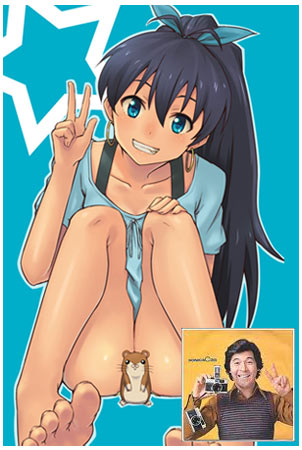If you go to Japan, you’ll see many things there. Beautiful temples and shrines and sakura trees. Vending machines that accept the equivalent of a $100 bill then bow to you after you’ve made your purchase. Squid-and-mayonnaise pizza and green tea ice cream, plus a favorite of mine, aloe flavored yogurt. You’re also likely to see people taking photographs while making the “peace” sign, known as “V for victory” in another age. It’s the most Japanese of gestures, the hand automatically making this sign just about anytime someone pulls out a camera. No one is completely sure when the gesture became a part of the Japanese gestalt — it could have come about as a result of the U.S. occupation, been imported during the anti-war years of the 60s, or (according to another source) it could have gotten popular during the 1972 Sapporo Olympics, when U.S. skater Janet Lynn fell during her routine then made the “peace” gesture as she got up to hide her embarrassment. The best theory seems to be this: in 1972 Konica hired actor and comedian Jun Inoue to promote its newest camera in a magazine ad. The actor ad-libbed the peace sign during the photoshoot, and this reverberated greatly with the Japanese public. Of course, the gesture is closely tied to photography, since saying “peace” makes you smile in the same way we “say cheese” in the West. Japanese also say “what’s one plus one?” which is ni in Japanese, if you want to try this on Japanese people and watch them jump out of their shoes in surprise.

Exploring the origin of the Japanese “peace” gesture.














